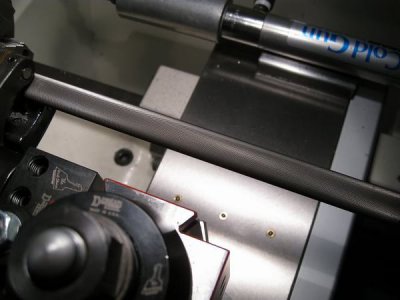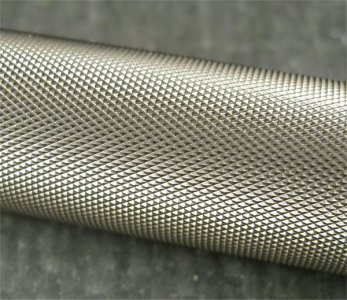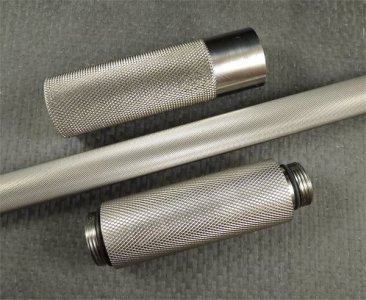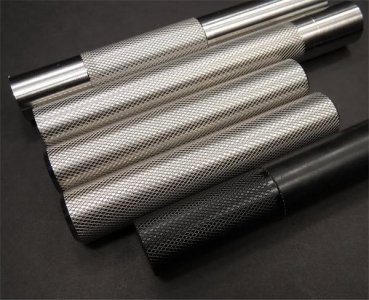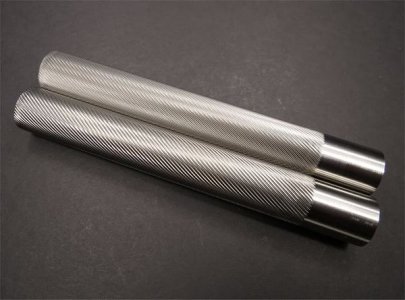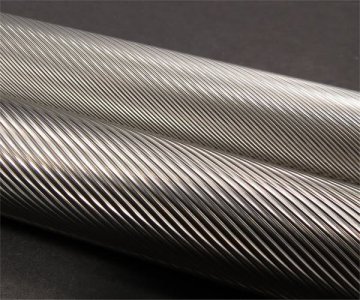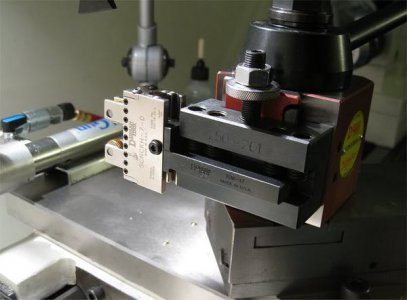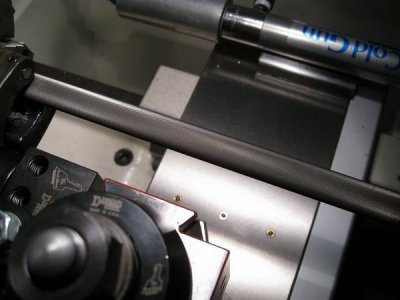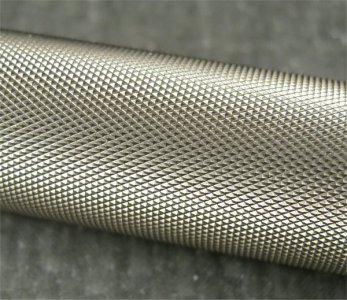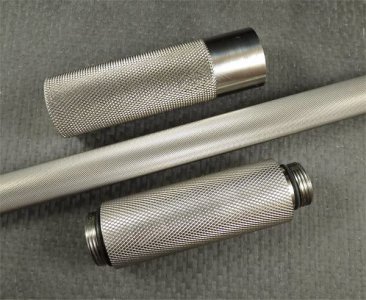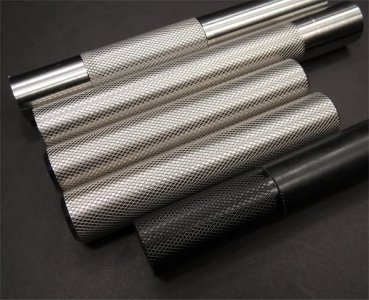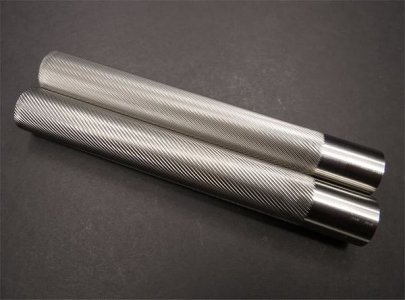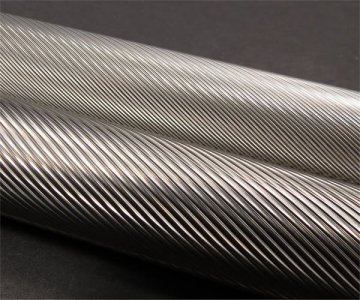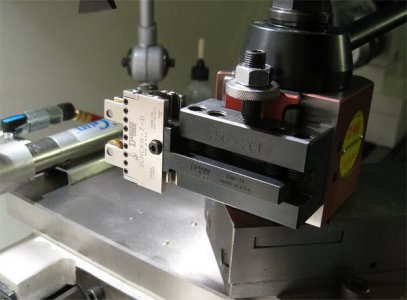[SUB]One of my problems is knurling, first I tryed using one of the older rocker types then I went on to using the knurling accessory that came with my QCTP. In either case the problems are the same,they are: 1-adjusting the height of the tool so that both rollers rotate [/SUB]simultaneously on tth workpiece and with even pressure. 2-From what I understand there are those that favor the tool to be exactly at 90 degrees to the work piece and there are some who believe the knurling tool should be sligthly off a few degrees. 3- Aside from these two items there is the question of RPM or how fast the work piece should be turning and how important is it to apply cutting oil?
Someone once commented that using the type of tools mentioned above places undo pressure on the lathes spindel bearings,to me this sounds reasonable. This is why I would feel that the sissor type knurling tool is ideal.
Any comments suggestions greatly appreciated
John
Someone once commented that using the type of tools mentioned above places undo pressure on the lathes spindel bearings,to me this sounds reasonable. This is why I would feel that the sissor type knurling tool is ideal.
Any comments suggestions greatly appreciated
John


